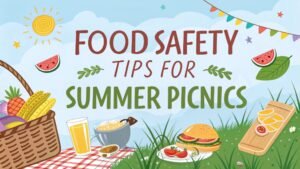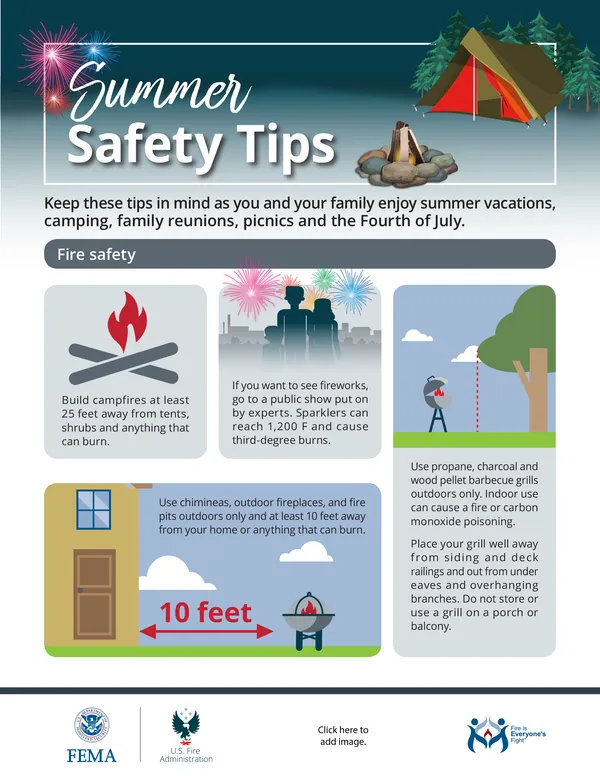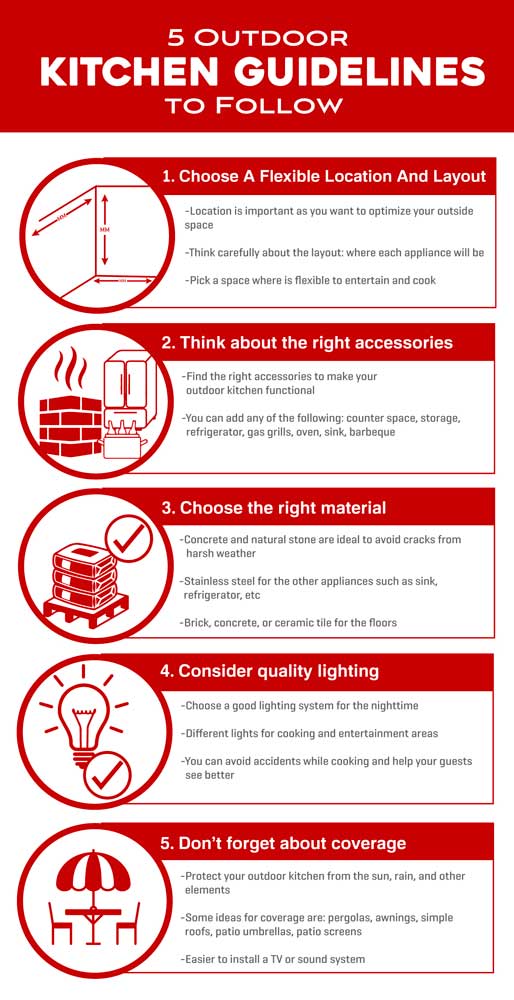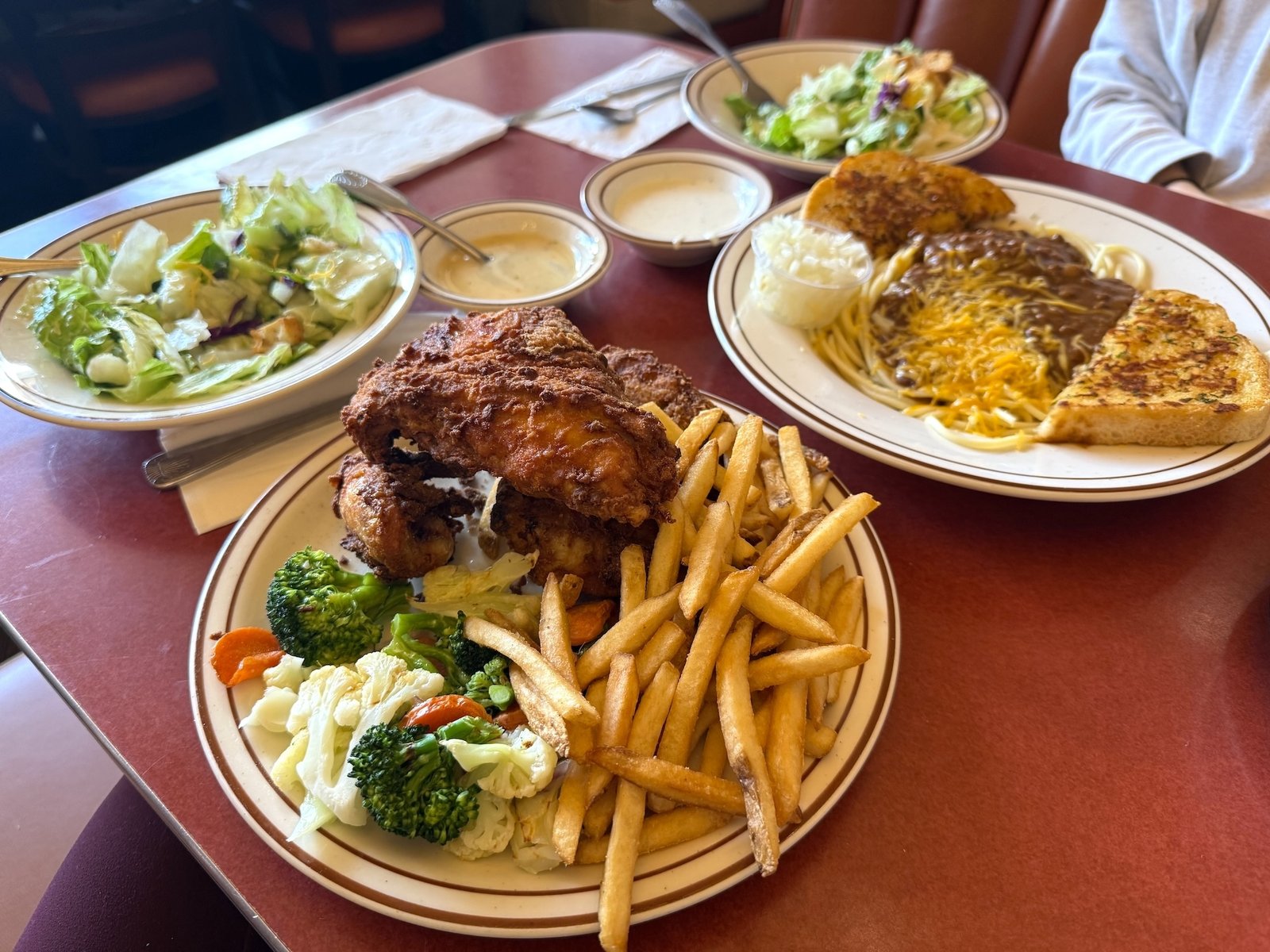Enjoying the great outdoors with a picnic, barbecue, or camping trip is a cherished tradition that creates wonderful memories. However, ensuring outdoor food safety tips are followed is crucial to prevent foodborne illnesses and keep everyone healthy. From grilling hygiene to avoiding cross-contamination, understanding how to handle food safely outdoors involves specific practices that go beyond your usual kitchen routines. Whether you’re a seasoned grill master or a casual picnicker, mastering outdoor hygiene grilling, safe food handling outdoors, and picnic food safety can dramatically elevate your outdoor culinary experience, making it both enjoyable and safe for all.
This comprehensive guide covers essential tips and insightful strategies to elevate your outdoor food safety standards. We’ll dive into grill temperature guidelines, cross-contamination prevention, and more, providing you with practical knowledge and expert advice to keep your outdoor gatherings safe, fun, and delicious. So, let’s begin our journey toward mastering outdoor food safety tips for any outdoor occasion.
Ensuring Outdoor Food Safety – A Comprehensive Guide

Maintaining food safety outdoors requires awareness of the unique challenges posed by environmental factors like temperature, insects, and limited facilities. A major aspect is understanding how to keep foods at safe temperatures, preventing bacterial growth that can cause food poisoning. Using coolers with ice packs to store perishable foods, for example, is a simple yet effective method to keep ingredients and prepared dishes safe during outdoor activities. It’s also vital to have a designated area for hands and utensils to wash and clean, promoting outdoor hygiene grilling and preventing cross-contamination.
Furthermore, planning is key. Prepare marinated ingredients in advance to reduce preparation time at the venue, which minimizes exposure to the elements. When serving food, keeping raw and cooked foods separate is paramount, along with proper covering of dishes to shield them from environmental contaminants. Understanding the nuances of outdoor food safety tips helps navigate the additional challenges of outdoor environments. Ensuring a clean, organized, and temperature-controlled setup contributes significantly to maintaining safety and enjoying your outdoor feast without worries.
Grilling Hygiene – Best Practices for Safe Outdoor Cooking

Grilling outdoors is a central activity for many gatherings, but maintaining outdoor hygiene grilling practices ensures that food remains safe to eat. Start by thoroughly cleaning your grilling equipment before use; grease, residue, and leftover food can harbor bacteria. Use hot, soapy water to scrub grates and utensils, and also sanitize with food-safe solutions. Keeping a clean grilling surface not only improves taste but significantly reduces the risk of cross-contamination.
Equally important is personal hygiene. Wash your hands thoroughly with soap and water before handling food, and consider wearing disposable gloves for added protection. Keep raw meats separate from vegetables and other ready-to-eat items; this practice is key to cross-contamination prevention. When grilling, use a food thermometer to check grill temperature guidelines, ensuring meats are cooked sufficiently to eliminate harmful pathogens. Proper outdoor hygiene grilling isn’t just about cleanliness—it’s a proactive step to safeguard your guests’ health while elevating the quality of your culinary creations.
Safe Food Handling Outdoors – Preventing Foodborne Illness

Proper safe food handling outdoors is vital for preventing foodborne illnesses during outdoor gatherings. Always start with high-quality, fresh ingredients stored appropriately before heading out. Keep perishable items refrigerated until shortly before serving, and transport them in insulated coolers loaded with ice or ice packs. Once at your outdoor venue, store foods in shaded, cool areas to hinder bacterial growth.
When preparing and serving foods, avoid leaving them in the “danger zone” (between 40°F and 140°F) for extended periods, as this encourages bacteria proliferation. Use clean utensils and plates for serving, and never reuse marinades that have touched raw meat unless boiled first. Practicing outdoor food safety tips is as much about good habits as it is about logistics. The goal is to minimize the risk of contamination while maintaining the freshness and flavor of your dishes, making outdoor eating safe and delightful.
Picnic Food Safety – Protecting Your Meal from Spoilage
Picnic food safety involves specific strategies to prevent spoilage and protect everyone from foodborne pathogens during outdoor meals. Packaging foods properly in airtight containers, and keeping cold items chilled with ice packs, ensures they stay safe until consumption. Utilize shaded areas or cooler boxes with sufficient ice to maintain recommended storage temperatures, especially on hot days, which is vital for picnic food safety.
Another essential tip is mindful portioning—rather than placing all food out at once, serve items in small quantities and replenish as needed. This reduces the risk of contamination from insects or environmental debris and keeps perishable foods at safe temperatures. When packing for a picnic, consider bringing disposable wipes, hand sanitizers, and cleaning supplies to maintain outdoor hygiene. A well-planned picnic, combined with these food safety practices, results in an enjoyable, worry-free outdoor experience where the focus can be on fun, socializing, and savoring delicious food.
Cross-Contamination Prevention – A Key to Outdoor Food Safety
Cross-contamination prevention is arguably one of the most critical aspects of outdoor food safety tips. Outdoor settings lack the controlled environment of a kitchen, making it easier for bacteria and viruses to transfer between raw and cooked foods, utensils, and surfaces. Establish dedicated cutting boards, knives, and serving utensils for raw meats and ready-to-eat foods to avoid cross-contact. Color-coded tools or containers can be an effective visual cue to prevent mixing.
Additionally, always wash hands, tools, and surfaces thoroughly after handling raw ingredients before moving on to prepared foods. This practice not only aligns with safe food handling outdoors but also significantly reduces the transmission of pathogens. Promoting awareness among guests about the importance of hygiene and setting up clean, separate stations reinforces cross-contamination prevention. When executed diligently, these practices help safeguard everyone, ensuring that your outdoor meal remains safe and enjoyable from start to finish.
Grill Temperature Guidelines – Cooking Food Safely Outdoors
Adhering to grill temperature guidelines is crucial when cooking outdoors. Different foods require specific internal temperatures to be considered safe for consumption. For instance, poultry should be cooked to an internal temperature of 165°F (74°C), while ground meats need to reach 160°F (71°C). Using a reliable meat thermometer allows for accurate readings, eliminating guesswork and guaranteeing food safety.
It’s also essential to preheat your grill properly, aiming for the right temperature range to prevent undercooking or charring. For most grilling tasks, maintaining a temperature between 375°F to 450°F (190°C to 232°C) is ideal for cooking a variety of meats evenly. Pay attention to hot spots and adjust the grill vents or moving food around as necessary to sustain consistent grill temperature guidelines. Mastering these temperature controls ensures the elimination of harmful bacteria while delivering perfectly cooked, juicy, and delicious grilled dishes. Proper outdoor grilling practices will foster safety, flavor, and confidence in your outdoor cooking skills.
Conclusion
In outdoor settings, maintaining outdoor food safety tips is essential for protecting health, enhancing flavor, and ensuring that everyone enjoys the festivities. From practicing outdoor hygiene grilling and safe food handling outdoors to implementing picnic food safety strategies and preventing cross-contamination, each detail contributes to a safer outdoor eating experience. Following grill temperature guidelines ensures thorough cooking and minimizes risks associated with undercooked food. By embracing these practices, you not only safeguard your guests from foodborne illnesses but also elevate your outdoor culinary game, making every event memorable, safe, and delicious. Embrace these comprehensive tips, and turn your outdoor gathering into a safely celebrated culinary adventure!






